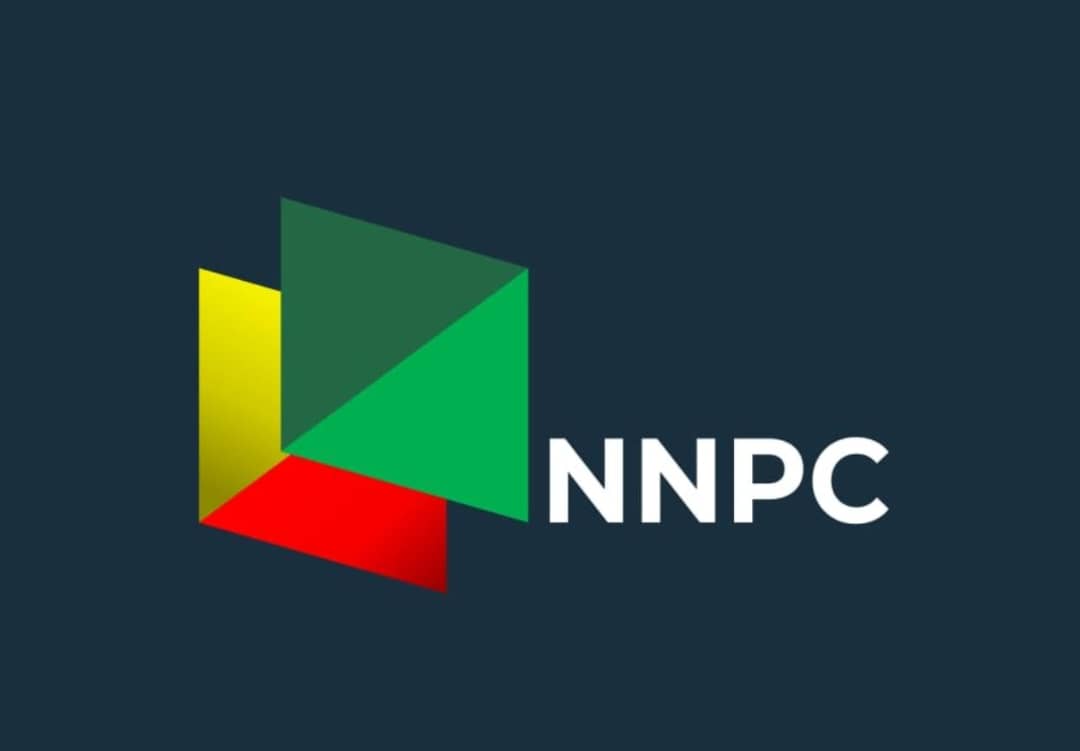Oil Field Development To Attract $17.64bn Inflow In Five Years -NUPRC Boss

The Commission Chief Executive (CCE), Engr. Gbenga Komolafe has disclosed that the 51 Field Development Plan approved in the year 2022 -2023 is expected to attract a total of USD17.64 billion investment inflow.
This is even as he said, the plan would
deliver cumulative oil recovery and gas recovery estimated at 2.12 billion barrels and 13.13 trillion cubic feet respectively in the next 5 years.
Engr. Komolafe spoke Wednesday while addressing an esteemed audience of industry professionals and leaders on the 7th Edition of the Nigeria International Energy Summit (NIES) themed “Navigating the new energy World Order: Security, Transition and Finance”.
Also achieved was “a total of circa USD2.5 billion investment in 175 wells drilling in the year 2022 – 2023.
“A total of USD2.68 billion investment in 842 well workovers and other well intervention activities in the year 2022 – 2023 resulting in increased average oil production.
“275% growth in rig count from just eight (8) in 2021 to an average of thirty (30) in the past one year”, he said.
Speaking on the topic: “Innovation, Collaboration, and Resilience: Empowering Nigerian
Producers in the Dynamic Energy Era”, the NUPRC boss said, the Commission has also intensified efforts in collaborating with the International Oil Companies (IOCs) to ensure accelerated maturation and development of some high volume deep offshore assets.
He noted that given the disparity between the average daily oil production and the national production potential, the Commission is taking strategic measures to address the challenges in order to boost production.
Komolafe explained that although the actual national production currently averages 1.33 Million barrels of oil per day and 256 thousand barrels of condensate per day, the national technical production potential currently stands at 2.26 Million bpd while the current OPEC quota is 1.5 Million bopd.
He further explained that closing the gap between the actual oil production and the technical potential presents a window of investment opportunities for investors and a significant opportunity for Nigeria to unlock additional revenue streams, address the current foreign exchange gap, and strengthen her economic resilience, saying there is opportunity in every disability.
He said, a “recent study by the Commission revealed that growth in gas demand outstrips supply. Between 2020 and 2030, demand is expected to grow exponentially at a compound annual growth rate of 16.6% p.a.
“Natural gas production is projected to increase from 8.0 bcfd in 2020 to 12.2 bcfd in 2030 driven by major projects such as NLNG Train 7 & Train 8, Nigeria/Morocco pipeline, Ajaokuta-Kaduna-Kano (AKK) Natural Gas Pipeline Project, and so many other gas projects.
“Thus, the Commission is proactively pivoting the industry to close the projected supply gap by taking deliberate steps to drive the Decade of Gas Programme through a more aggressive development of the nation’s huge gas resources, enhanced exploration activities, development of utilization schemes leading to gas reserves growth, increased gas production, maturation of domestic and export gas markets, in addition to gas flare elimination and commercialisation through the Nigeria Gas Flare Commercialization Program (NGFCP)”, he stated.
The CCE informed that despite the low emissions attributed to Nigeria compared to the global total, the country was not resting on its oars, adding that the Commission was effectively spearheading the national drive to achieve zero-flare target by 2030 and net zero carbon emissions by 2060 through several initiatives including a unique flare commercialisation programme – the NGFCP.
He said, the Commission over the past three (3) years, has embarked on a transformative journey, moving from manual processes to embracing technology and digitalization across all departments allowing it to leverage data analytics and artificial intelligence to unlock new efficiencies, make informed decisions, eliminate delays and enhance productivity, transparency and accountability as well as enhance the monitoring of compliance with regulatory requirements.
“Perhaps most importantly, our embrace of innovation has fostered a culture of technology adaptation and adoption across the upstream oil and gas industry. Hence, the oil and gas companies in Nigeria are increasingly committed to pushing the boundaries of innovation as they continue to invest in cutting-edge technologies from data analytics and automation to remote monitoring and predictive maintenance”, he noted.
While reassuring willing investors that the implementation of the Host Communities Development Trust (HCDT) provisions of the PIA has restored confidence and created social inclusion for the host communities by the operators, Engr. Komolafe disclosed that the Commission, in carrying out its oversight roles, has registered a total of One Hundred and Three (103) HCDTs, and has deployed an intelligent digital, platform for reporting, monitoring, and ensuring transparent administration of the HCDTs for sustainable operations in the Nigerian communities.
He disclosed that the Commission has created further investment opportunities through the ongoing licensing round for seven deepwater averages as well as the proposed 2024 closed bids expected to increase the nation’s reserve and production and boost national revenue.
“At this point, permit me to reiterate that both open and closed bids are permissible by the law as Section 73(1) of the PIA does not preclude either approach, so far as the licensing round is “…based on a fair, transparent and competitive bidding process”, he said
Komolafe concluded that in order to further entrench collaborations with the industry, the Commission has established a dedicated contact team that liaises periodically with industry stakeholders on matters related to Regulations and Guidelines with a view to ensuring industry resilience and sustainability.
“We have also facilitated collaboration amongst awardees, producers, service providers, OEMs, investors, and financiers through a plethora of platforms Potential”, he said.






